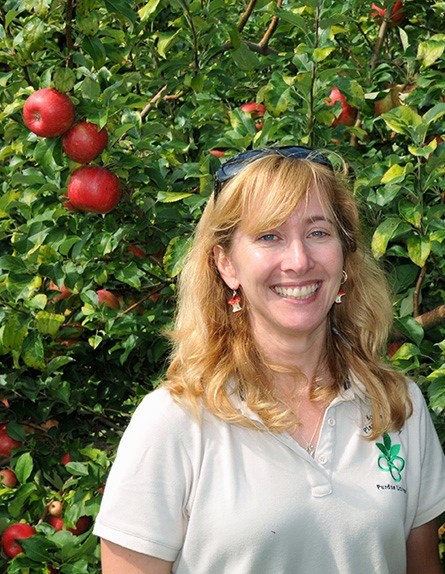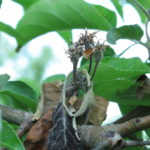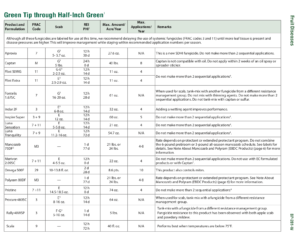In case you blinked, we went from green tip to bloom in about three days, and by the time you read this, we will have passed through the blossom blight period. For most of the state, the late spring consisted of cool, dry weather that was not conducive to blight infection in the northern half[Read More…]
Please remember that it is the blossoms that are most susceptible to the bacteria; assuming that there are no rat-tail or autumn blossoms, and in the absence of a hail event, the probability of secondary infections in orchards is minimal. In the event that rat-tail blossoms are apparent and extensive, it is critical to prevent[Read More…]
Maryblyt 7.1 is now available for download at http://grapepathology.org/maryblyt For new growers: Maryblyt is a fire blight prediction model. Fire blight is caused by the bacterium Erwinia amylovora. It is one of the most destructive diseases of apple, pear, and quince worldwide (Fig. 1). There are five distinct phases associated with fire blight, and include[Read More…]
Temperatures below -15°F generally kill powdery mildew infected buds. For those of you who had a milder winter, protecting susceptible varieties like Jonathan, Ida Red, Enterprise, Staymen, Granny Smith, and Ginger Gold, be sure to protect at tight cluster, pink, bloom, petal fall and first cover. Remember that fungicide protection is needed until terminal buds[Read More…]
If you had problems with fire blight last year, this is for you: The best preventative measures for fire blight are the application of streptomycin at bloom to prevent blossom blight and the application Apogee at petal fall to reduce shoot blight. Yes, Apogee is expensive. It is worth every single penny. Apply streptomycin just[Read More…]
Calculate the 77 days to harvest date for each of your cultivars and make the final application of EBDC fungicide (Dithane M-45, Manzate 200, Penncozeb, Polyram, Roper) on that date to take full advantage of the excellent control these fungicides provide for bitter rot, black rot, and white rot, in addition to sooty blotch and[Read More…]
Check list: ~Indiana Disease management program for apples for 2018 is available at: https://www.extension.purdue.edu/extmedia/BP/BP-201-W.pdf This information is identical to the Midwest fruit pest management guide, but provided in a table format and includes Fungicide Resistance Action Committee (FRAC) Codes, REI, PHI and efficacy information for each product (Fig. 1). ~Reducing overwintering inoculum for apple scab:[Read More…]
Summer rots continue to rear their ugly heads (Fig. 1). This year, we are even seeing them on late season apples like Evercrisp (Fig 2) and GoldRush. On the plus side, we are seeing some level of control with all fungicides in our trials (data will be presented at the Indiana Hort Congress); unfortunately,[Read More…]
Fruit rots continue to pose a problem for those of us in the wetter parts of the state. Frequent rains and warm temperatures really set the stage for bitter rot, black rot, white rot, and even brown rot. Any rain event that produced more than 2” of rain would remove the majority of fungicide, meaning[Read More…]




